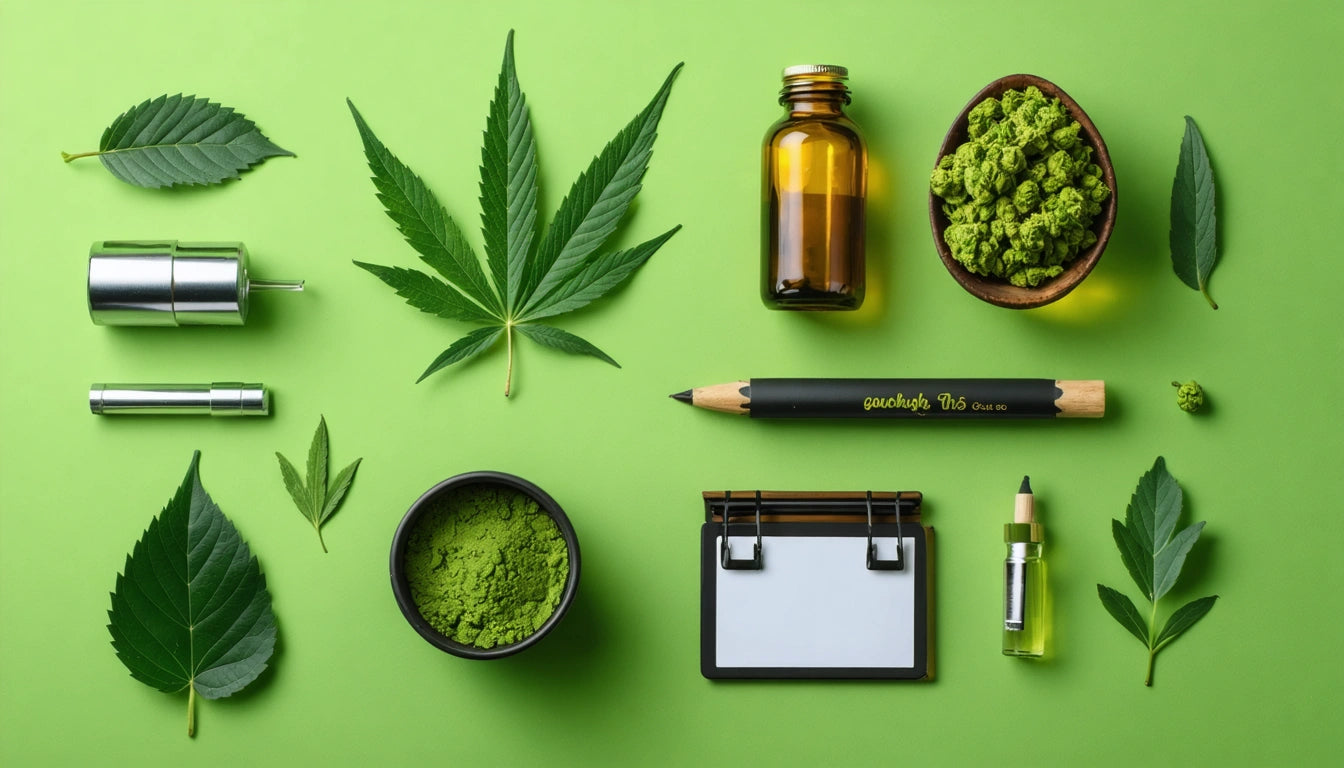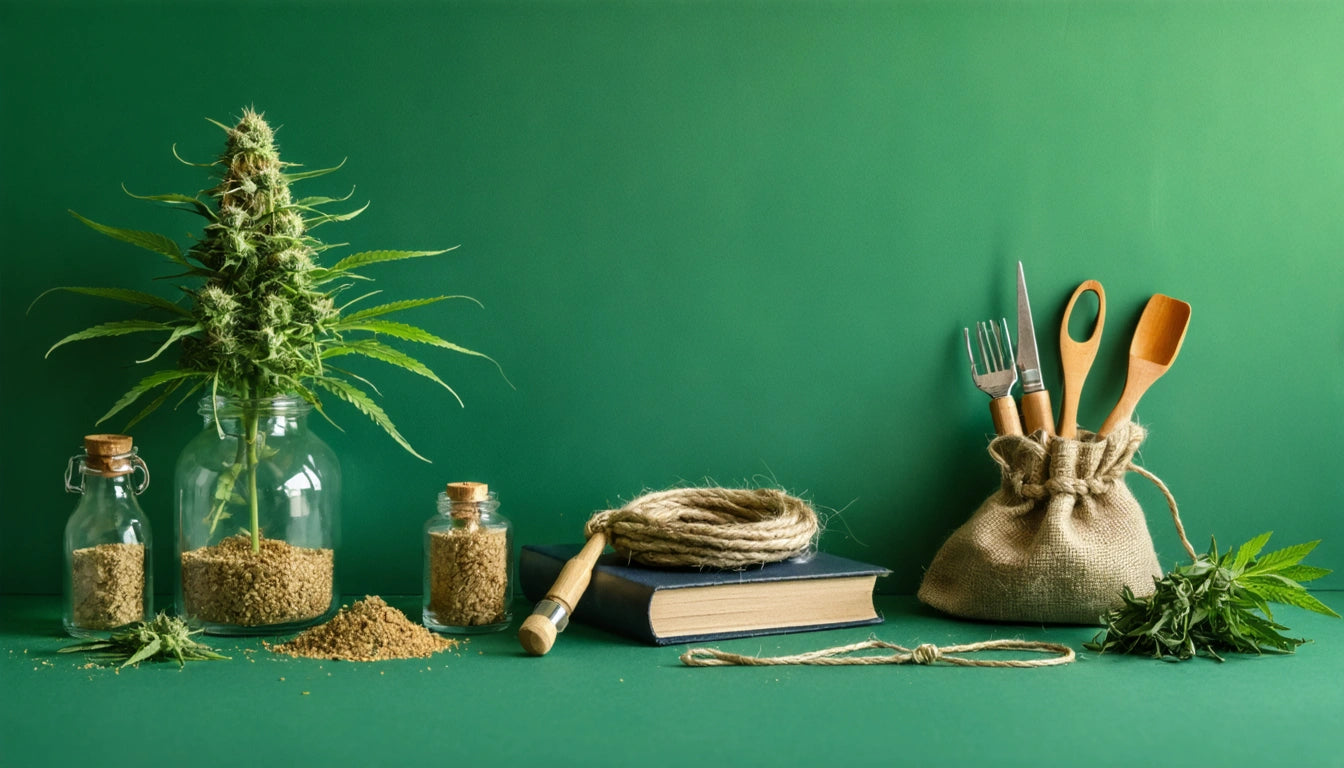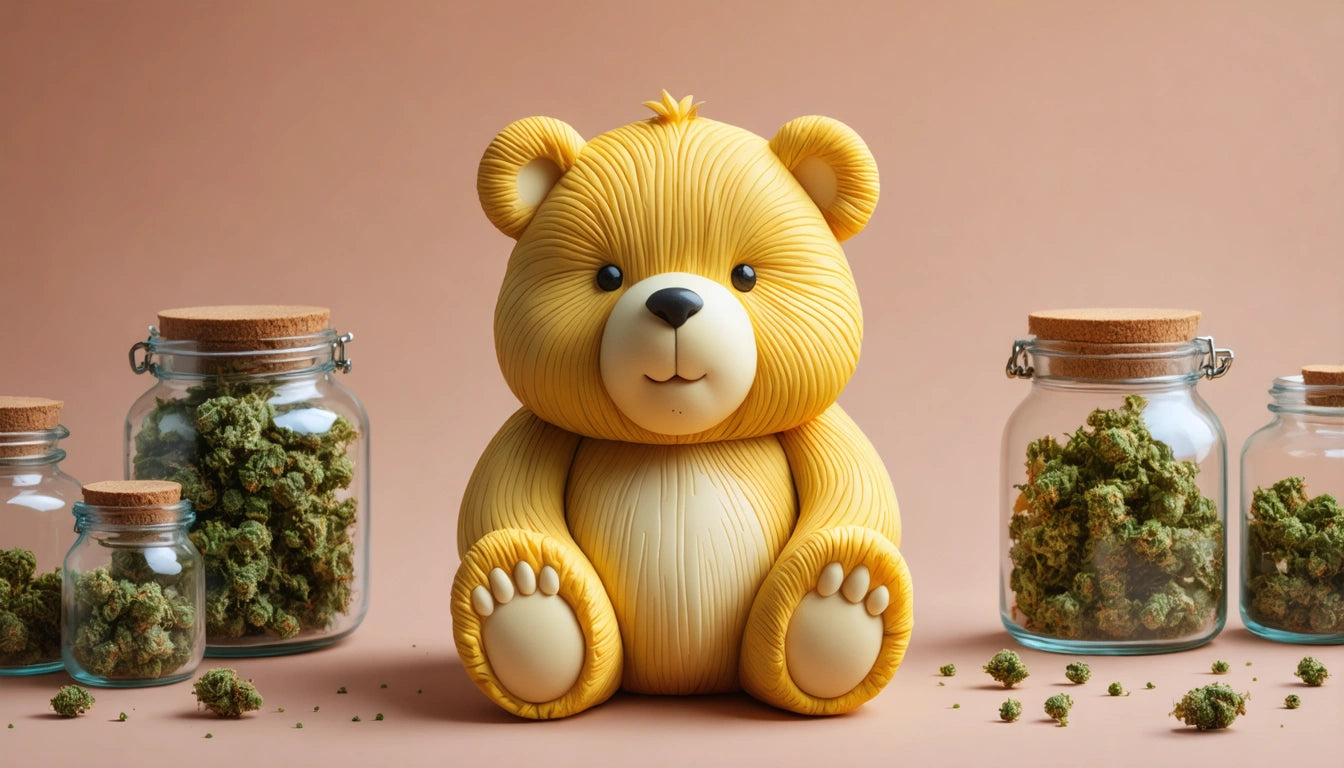Table of Contents
In the competitive cannabis market, packaging does far more than contain and protect products. It communicates brand values, builds consumer trust, and ultimately drives purchase decisions. Understanding the psychological impact of packaging design elements helps brands create connections with consumers before they even try the product.
Visual Elements That Drive Purchase Decisions
Color psychology plays a crucial role in cannabis packaging strategy. Green tones evoke naturalness and wellness, while black suggests premium quality. According to industry research, consumers make initial judgments about cannabis products within the first 7 seconds of viewing packaging.
Shape and size also influence perception. Sleek, minimalist designs often signal sophistication and quality, while more elaborate packaging may suggest artisanal or craft qualities. Brands focusing on custom branding strategies leverage these visual cues to differentiate themselves on crowded shelves.
How Material and Texture Affect Consumer Perception
The tactile experience of packaging creates powerful subconscious associations. Glass containers suggest purity and premium quality, while soft-touch finishes on cardboard or plastic convey sophistication. Our experience with child-resistant jar caps and lids shows that functionality combined with quality materials significantly enhances perceived value.
Weight also matters psychologically. Heavier packaging often correlates with perceived quality and value, even when the product inside remains identical. This principle applies across product categories from flower to concentrates.
Messaging and Trust-Building Through Packaging
The language and information hierarchy on cannabis packaging directly impacts consumer trust. Clear THC/CBD content labeling, transparent ingredient lists, and educational elements all contribute to confidence in the purchase decision.
Storytelling through packaging helps forge emotional connections. Origin stories, cultivation methods, or brand values presented through packaging design create narrative frameworks that consumers use to justify premium pricing. This approach is particularly effective for sustainable packaging options where values alignment drives purchase intent.
Compliance Features and Psychological Safety
Compliance elements serve dual purposes: meeting regulations and signaling safety to consumers. Child-resistant packaging not only satisfies legal requirements but also communicates brand responsibility, particularly important for parents or households with children.
Warning labels, when thoughtfully integrated into design rather than tacked on as afterthoughts, maintain brand aesthetics while fulfilling their informational purpose. This balance between compliance and design psychology represents a key challenge for cannabis brands.
Product-Specific Packaging Psychology
Flower Packaging
For cannabis flower, visibility through packaging creates anticipation and desire. Effective flower packaging balances visibility with freshness preservation, often using transparent elements to showcase trichomes and colors.
Edibles Packaging
Edibles packaging psychology often borrows from conventional food industries but must navigate unique challenges. Designs that balance appetite appeal with clear dosage information help consumers feel informed and safe. Compliant edible packaging achieves this balance while maintaining brand identity.
Concentrates and Vapes
For technical products like concentrates and vapes, packaging that communicates precision and quality builds confidence. Concentrate packaging and vape cartridge packaging often employ clinical, scientific design elements to reinforce perceptions of purity and controlled manufacturing.
- Transparent windows allow product visibility while maintaining protection
- Embossing and texture create tactile brand recognition
- Metallic finishes often signal premium positioning
- QR codes and interactive elements bridge physical packaging with digital experiences
Future of Packaging Innovation: Merging Psychology with Technology
As the cannabis industry evolves, packaging psychology is increasingly merging with technological innovation. Smart packaging technologies like NFC tags and augmented reality experiences create new dimensions of consumer engagement beyond the physical shelf.
Sustainability is becoming a psychological driver as well as an ethical consideration. Brands that communicate their environmental values through packaging materials and design tap into growing consumer preference for responsible consumption. The intersection of sustainability messaging and premium positioning represents the next frontier in cannabis packaging psychology.
Understanding these psychological principles helps brands make strategic packaging decisions that not only protect products and meet regulations but also create meaningful connections with consumers that drive both initial purchase and long-term loyalty.











Leave a comment
All comments are moderated before being published.
This site is protected by hCaptcha and the hCaptcha Privacy Policy and Terms of Service apply.